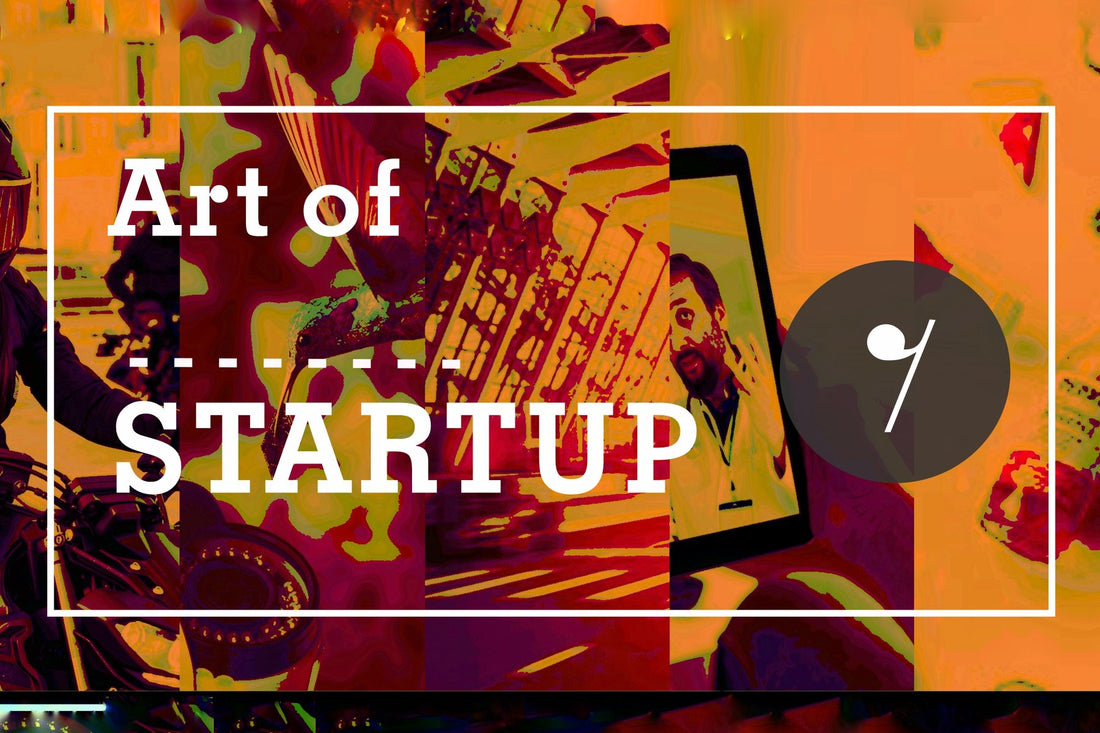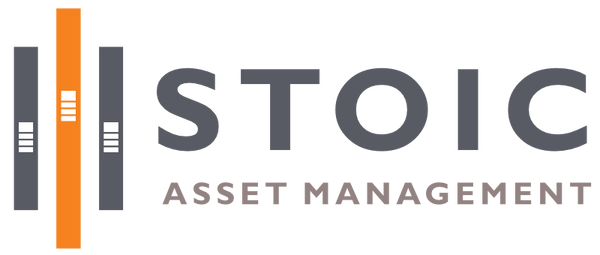
Tracking animals from extinction
Share
Australian startup Wildlife Drones is changing the world of animal conservation. Its innovative radio telemetry technology can track and monitor the movements of endangered animals and invasive species to achieve better wildlife conservation and management outcomes. Wildlife Drones CEO Debbie Saunders shares what she has learned about transforming an environmental research project into an award-winning company.
Be inspired by some of the most innovative entrepreneurs in Australia in this series presented by Stoic Venture Capital Fund ILP in association with Uniseed.
1. What inspired you to develop your idea?
I was an ecologist studying the movements of small migratory birds including one of Australia’s most endangered birds, the Swift Parrot. Like many small animals these birds are highly mobile and were almost impossible to track. Researchers had to trek vast distances on foot with handheld receivers to search for them. We needed something that could help us follow their movement patterns and increase our understanding of what we need to do to better protect them and their habitats.
Wildlife Drones successfully tracked these critically endangered birds shedding light on their behaviour throughout the winter, a large component of their complex life cycle. We now know so much more about them than when our idea for Wildlife Drones came to life in 2008, and we’ve been able to redirect funding to help protect and restore their habitats which is exciting.
2. How have your priorities changed from when you first started?
At the end of my Australian National University research project where we collaborated with the University of Sydney’s Australian Centre for Field Robotics, it was evident that conservationists and biologists around the world had the same problem for different types of animals. Since we were the first in the world to be able to radio-track from a drone, we had a fair bit of media coverage of our achievements, and we started getting contacted by people all over the world asking how they could get one.
However, the first prototype had a lot of flaws. Our funding had run out.
“I had to find my own way forward and learn how to translate a prototype into a user-friendly product.”
I had to work out how to make it useful and validate that there was actually a market for it. I went from an academic career into the innovation space to explore what was possible.
3. Knowing what you know now, is there anything you would have done differently when you were first starting out?
I just did what I could manage at the time based on my context at the time. I was raising two children and working part-time while working on this project when I could. Balancing everything was hard. I rounded up some people who were also interested in making it happen and willing to work voluntarily for the love of it. We kept participating in innovation and pitch events, and kept winning so that drove us to continue. I didn’t go through an accelerator program because the way they are structured didn’t work for me with my family commitments, so I found my own way and connected with mentors along the way.
“Life is a roller coaster and you have to be prepared for the ups and downs.”
It’s OK to feel overwhelmed when you’re trying to achieve something big. I love going on treks to some of the most remote places in the world. Even though I might be slogging up a mountain and I can’t see the top, I know what I’m aiming for and keep going. If I just keep take little steps, I always get there in the end. Leading an innovative start-up is much the same.
4. What challenges did you have to overcome at the beginning of your journey?
We didn’t have funding for a few years and relied on our own expertise and contributions to bootstrap while we were validating the business and securing our first customers. We have an engineer who is an expert in radio frequency and understood signal processing but we also needed more software engineering skills. We needed the product to perform reliably so that it was of value to our clients, and being able to decipher hardware issues from software ones was critical to us moving forward.
We undertook an audit and in the process we secured new staff who sorted out some colossal technical and coding challenges and better enabled our technology. However, securing and managing a team can be challenging. When you have a small core team and limited resources, each person has huge repercussions across the business – both positive and negative. Finding and keeping the right people is a fine art. My strength comes from my team and knowing that whatever challenge gets thrown at us, we have the right people and we will find a way to overcome it.
5. What entrepreneurial tricks have you discovered to keep you focused?
You have to be open to new ideas and options that you might not have ever thought about before. We recently underwent a big shift. We’ve been focused on radio tracking animals for most of our journey so far. Our clients have other sensors out there in the environment for other monitoring needs. We’ve realised that our real-time communications processing capabilities could be used to do so much more. We are transitioning to a complete environmental monitoring solution for our existing clients and plan to also diversify our client base by using the same core technology.
“Because we are very fluid, we are open to change.”
6. What advice would you give to someone who is trying to become an entrepreneur?
There’s lots of doubts and you might be surrounded by people who think what you’re trying to do isn’t possible or worthwhile. Find out for yourself if there is a need. Validation is an important part of the journey. You need to know that your problem is big and real enough to need a solution. It can’t be a solution looking for a problem. As an academic I’ve always thought what I’m doing is meaningful, but in business it’s about whether someone is also willing to pay for it.
7. How did you establish your culture?
It comes from our shared beliefs in respectful communication, openness and trust in each other’s capabilities. We want everyone to feel valued. We have very flexible work arrangements and make sure people are paid reasonably. An important part of this is listening. We did a mental health review that enabled us to identify what things we could improve as well as what we have been doing really well. It’s great to know our culture and the respectful way we work together keeps everyone motivated and happy.
After this we also introduced processes that enable people to speak and say what’s on their mind openly. I meet with everyone in our team regularly to check in with them. We all feel more connected with each other as a result.
8. How do you define success?
There’s different forms of success. The success of the business. The technical success of doing something others can’t. Generating revenue for a sustainable business. Success of making a positive difference in the world. Having happy staff and happy families behind them, is success. And of course, we have our metrics that enable us to make decisions and inform whether we are achieving our goals.
“Success is learning what’s working and what’s not. And being able to adapt.”
9. What have you enjoyed most about starting your own company?
Being able to create a team of awesome people that I have the privilege of working with every day. It’s also rewarding working towards meaningful, positive goals that are helping to address the rapid decline in biodiversity around the world. On a daily basis, we get to empower and support people doing fantastic conservation work across multiple continents.
10. What are you working on now?
We are exporting to the United States on a more regular basis. We are also generating more clients with our existing technology and looking for investment to grow team to broaden our capabilities towards more autonomous environmental monitoring. Drones can now launch, land and recharge on their own and our core technology can be adapted to upload data from different sensors, enabling even more people to make really powerful decisions about managing our rapidly changing world based on solid data.
“We can make more adaptive and better decisions for our environment as it's changing.”
11. How do you see your company evolving over the next 10 years?
We are learning about what it takes to expand internationally and we have interest from United States, South Africa, Europe and other parts of the world. In 10 years, we aim to deliver to all these different regions of the world and for our technology to be the standard tool for wildlife and environmental monitoring globally.


